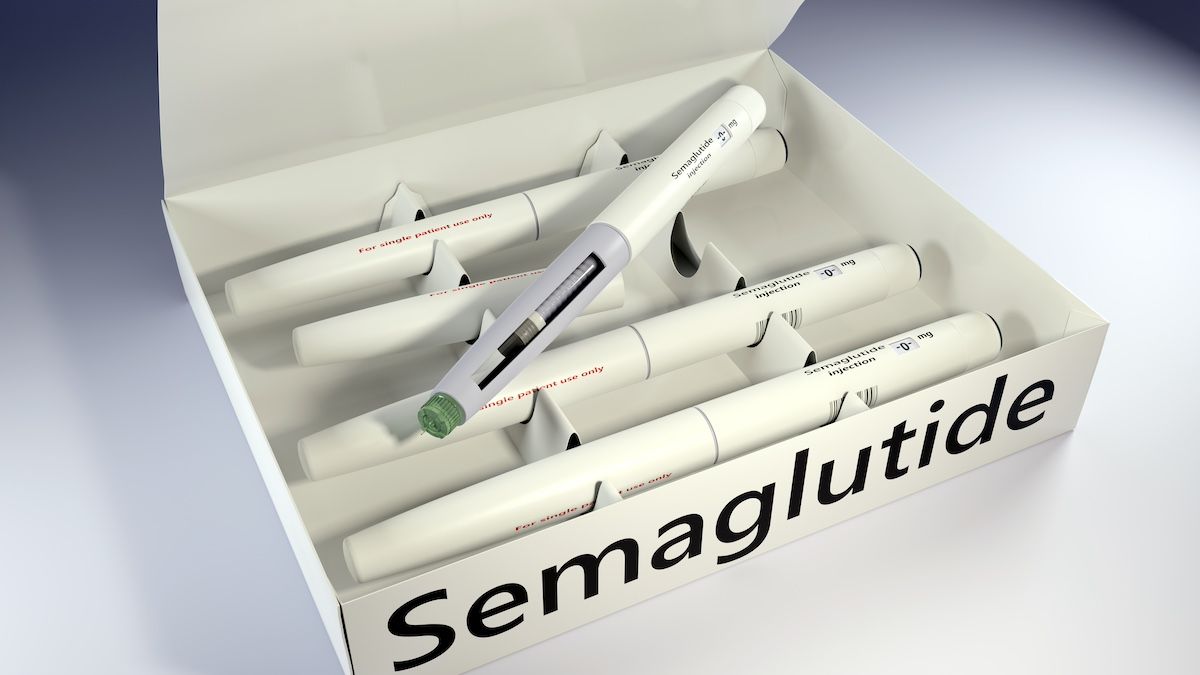Article
JDRF Urges Payers to Allow Choice, Limit Out-of-Pocket Costs, Cover Technology
Author(s):
The #Coverage2Control campaign begins a year after the announcement that UnitedHealth would shift most adult type 1 diabetes patients toward Medtronic technology, or require them to pay significant out-of-pocket costs. More significantly, JDRF reports payers are saying they will not fund the artificial pancreas.
A leading diabetes research and advocacy group has launched a campaign calling on payers to craft coverage options that meet the needs of people with type 1 diabetes (T1D).
JDRF, formerly the Juvenile Diabetes Research Foundation, has created #Coverage2Control, which asks 3 things of health insurers: (1) keep out-of-pocket costs for insulin and diabetes technology and supplies “predictable and reasonable,” (2) give people the “freedom to choose the insulin pump that’s right for them,” and (3) cover “all life-saving technology,” including the artificial pancreas.
The campaign comes about a year after the medical device company Medtronic and the insurer UnitedHealth Group stunned the T1D community with an agreement to transition most people covered by UnitedHealthcare plans to Medtronic pumps and continuous glucose monitor (CGM) devices; those who want to use other products are required to pay significant out-of-network costs
More critically, JDRF reports, “Other insurers have stated they will not cover the artificial pancreas, a breakthrough technology that will automate blood sugar management, dramatically reducing T1D-related risks, and give people with T1D more control over their disease than ever before.”
JDRF has funded research on artificial pancreas projects at locations around the globe, fueling the hope among those with T1D that competing technologies would drive down costs for consumers. The organization worked with FDA on its guidance for approving systems in 2012. The first device that met the definition of an “artificial pancreas” was Medtronic’s MiniMed 670G hybrid closed loop system, which received FDA approval in September 2016, and is just now reaching the market.
However, the UnitedHealth action has created a different concern—that the hunt for discounts that has created formulary limitations for drugs will find its way into the device market. People who live with T1D say the situation is not comparable, because devices are attached to a person’s body 24 hours a day, and people must be able to select technology with features that address individual lifestyle needs.
“Diabetes is not a one-size-fits all disease,” said Aaron J. Kowalski, PhD, chief mission officer at JDRF. “People with T1D should have access to the tools they need to control their disease at a reasonable and cost, and we need insurance companies to make sure policies don’t make it harder for people with T1D to control their condition.”
JDRF is encouraging people to use the hashtag #Coverage2Control and sign a petition on its website. The campaign is a part of the organization’s 2017 advocacy agenda; according to its policy statement, the agenda includes the following items:
· Ensuring new T1D therapies are safe and effective: Besides the artificial pancreas, JDRF is funding research on prevention therapies, beta cell encapsulation technology, and calling for regulatory reviews that take other measures besides glycated hemoglobin (A1C) into account, such as time in range.
· Promoting access to therapy and devices: After years of advocacy, JDRF secured a CMS ruling for Medicare to start funding CGM, and Dexcom is working through payment issues. #Coverage2Control is part of JDRF’s effort to ensure access to existing and new technologies.
· Protecting for pre-existing conditions: JDRF is working to ensure that changes to healthcare laws do not limit coverage or increase cost for people with T1D.
· Evaluation of new therapies: JDRF offers decision-makers in health plans access to information to make coverage decisions.





